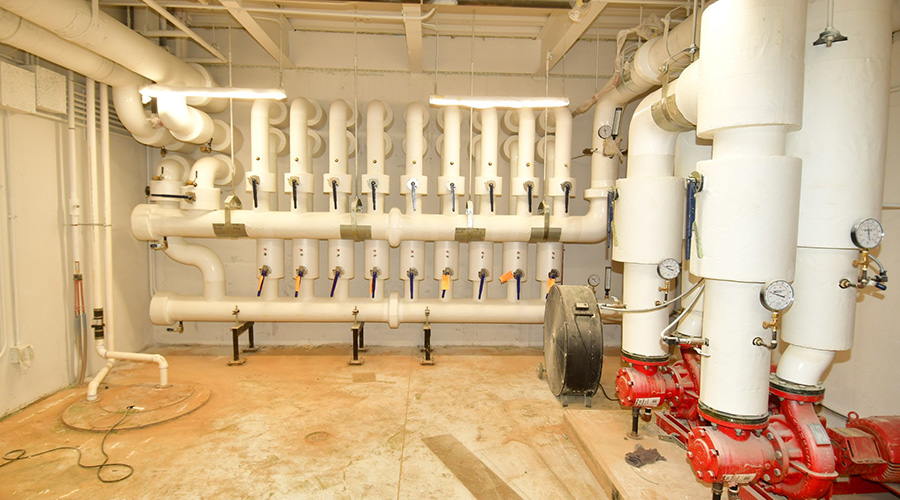Three Reasons Why Managers Could Replace Chillers
Many maintenance and engineering managers face hard choices in deciding when to replace their building chillers. Chillers are big-ticket items with long performance lives that traditionally remain in service until maintenance no longer is possible or cost-effective.
That course of action might not be the wisest any more. Today, managers have three good reasons to consider replacing chillers before they fail or become too difficult to maintain: energy costs, reliability and refrigerant type.
New chillers offer great improvements in operating efficiency over units installed as recently as 10-15 years ago. Even if the existing chiller has been well maintained and is operating efficiently, upgrading to a new-generation, higher-efficiency chiller typically will result in reduced annual energy requirements of at least 25 percent. That figure will be higher if the new chillers feature variable-frequency drives.
Factoring in wear and tear, fouling in the chiller heat exchangers, and other age-related issues for the existing chiller, it is not uncommon for a new chiller to reduce annual energy use by at least 35 percent.
System reliability is another factor managers need to consider when evaluating chiller replacements. As chillers age, the frequency of breakdowns and the cost of maintenance increases. While managers can minimize these problems with a comprehensive maintenance program, the maintenance requirements will increase with chiller age. For older chillers, getting replacement parts might become more difficult, resulting in prolonged downtime.
Upgrading to a new chiller not only eliminates these maintenance issues. It also gives managers the chance to build greater reliability into the overall system, particularly when replacing one large chiller with several smaller units.
Finally, managers need to consider the refrigerant a chiller uses. While no shortage exists yet for chlorofluorocarbons (CFC), the price is increasing. Refrigerant that loses its charge in an older chiller using CFCs could be very expensive to replace, and the result could be lengthy downtime while technicians locate replacement refrigerant.
Related Topics:















